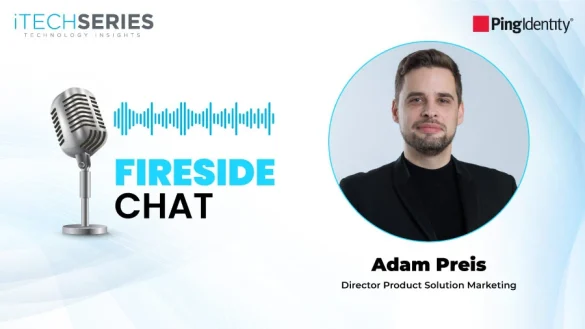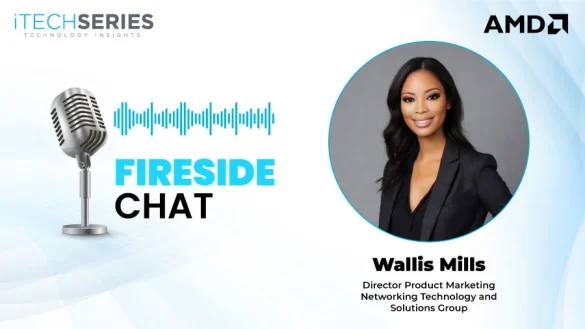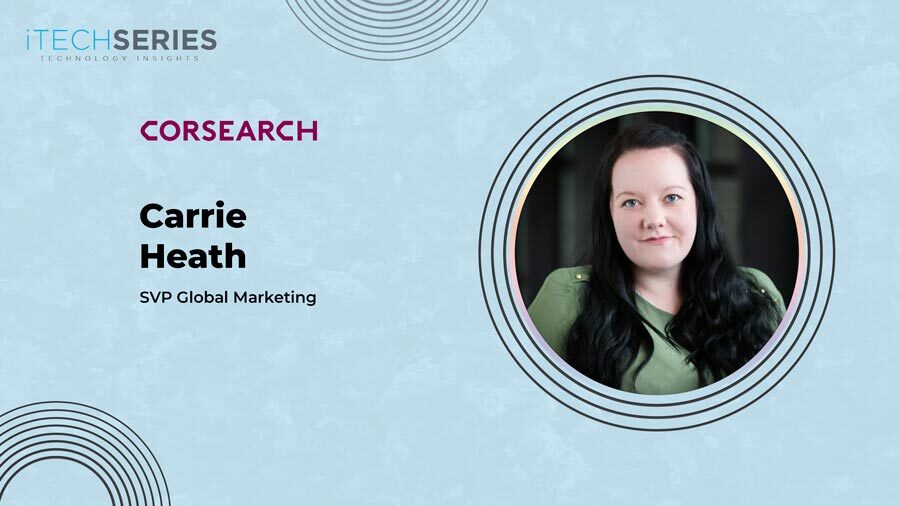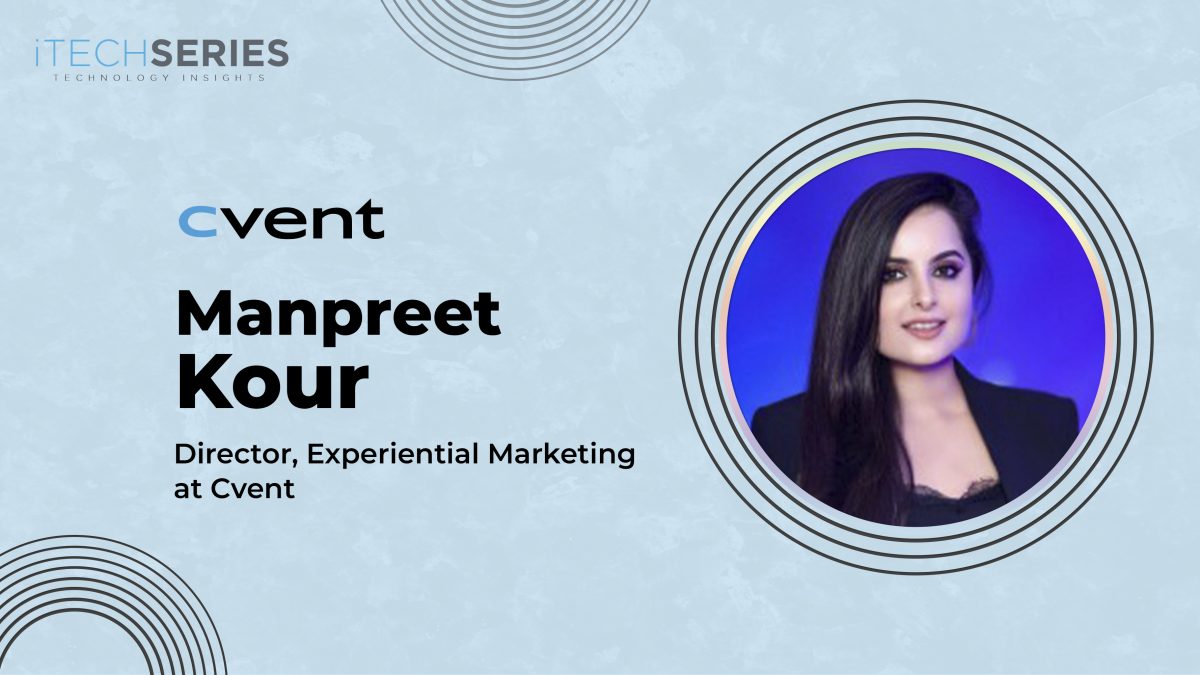Clarisse Djomkam, Senior Account-Based Marketing Manager at Snowflake, shares her journey from field marketing to strategic ABM, offering insights into data-driven campaigns, sales alignment, and GTM strategy. With a passion for collaboration and continuous learning, she unpacks what it takes to build meaningful, high-impact programs that resonate with both internal teams and customers.
Clarisse, it’s great to have you on. Tell us about yourself and your journey as a marketer.
It’s a pleasure to be here! I’m grateful for the opportunity.
My journey in marketing in France has been deeply rooted in the B2B space, with the last decade dedicated to the fast-paced world of tech. I’ve always been attracted to the intersection of strategy and execution, which is what drew me to field marketing early on. There’s a buzzing energy in partnering with sales teams, rolling up your sleeves, and driving towards those shared wins.
Then, I went knocking at Snowflake’s door when an exciting opportunity in account-based marketing opened 3 years ago. To be honest, while I had some exposure to ABM, I wouldn’t have called myself an expert then. But I’m a firm believer in lifelong learning—I rarely pass up a chance to expand my horizons. This role was particularly appealing because it offered a deep dive into digital marketing. I had completed a master’s in digital marketing a few years prior and even had a sneak peek into the field during some shadowing at Google Cloud, so it was a perfect opportunity to finally apply that knowledge.
Most importantly, ABM’s collaborative nature truly resonated with me. It takes that sales and marketing collaboration I cherished in field marketing and amplifies it across the entire revenue engine. In fact, I’d argue ABM demands an even tighter cross-functional alignment than traditional field marketing.
I feel incredibly fortunate to be at Snowflake, a company that doesn’t just pay lip service to ABM but has truly integrated it into its DNA. It’s been a steep learning curve, but by leveraging my existing skills, I’ve been able to quickly add value for our teams and, most importantly, our customers. I started as the ABM Manager for the French market, and as I grew in the role, my responsibilities expanded to include our global and strategic accounts within the country. Now, I act as the central marketing point of contact for that team, ensuring I bring to them the right campaigns and events to engage and nurture their accounts. This often means customizing existing initiatives, personalizing the approach, and developing bespoke marketing plans that are lock-in-step with their broader account strategies.
How do you approach the design and implementation of data-driven ABM programs for high-value accounts?
Our ABM program has a strong foundation, thanks to the work of ABM Veteran, Hilary Carpio, and we definitely lean on marketing intelligence, including intent data, to inform our strategy. However, when adapting this framework to high-value accounts in a different market in a different region, it’s crucial to strike a balance. It’s not just about the data; it’s about layering in the qualitative insights and field expertise from our sales team. Finding that sweet spot between data-driven and human-driven is where the magic happens in account selection.
From there, our program design is really tailored to the account’s maturity. We use a 1-to-many approach, often with the help of SDRs, to spark initial engagement with suspect accounts. As accounts progress, we shift to 1-to-few and 1-to-1 programs, working hand-in-glove with sales to accelerate opportunities and uncover new business. Finally, for our key accounts, we develop a dedicated, long-term marketing strategy that goes beyond traditional ABM.
With these key accounts, our focus extends beyond generating a pipeline. It’s about nurturing a deep, strategic partnership and aligning our marketing efforts to support their broader business objectives and needs. This might involve initiatives focused on executive alignment, thought leadership, value realization, and expansion within the account. It’s about becoming a trusted advisor and contributing to their long-term success.
“One of the biggest go-to-market challenges in the tech industry, especially in the cloud and data space, is shifting our focus from solely targeting IT departments to engaging business teams.”
Which marketing campaign experience was the most challenging, yet ultimately the most fulfilling?
This is a great question, and I want to highlight something that often gets overlooked: the importance of marketing to our internal-customers-the sales teams. In ABM, their buy-in is absolutely essential, even before we start thinking about target accounts or campaign goals. Without it, ABM is just a pipe dream.
Sales and marketing alignment is always critical, but it’s especially crucial when you’re dealing with those large, strategic accounts that can really move the needle in the market. Let’s face it, sales professionals are creatures of habit. They’re used to working with marketing on things like events and lead generation. ABM, with its focus on long-term influence and impact, can be a completely foreign concept.
When I took on my new role earlier this year, dedicated to the French Global and Strategic team, I realized I needed to shake things up to get them truly on board. I wanted to demonstrate the power of what we could achieve together while also being transparent about our resource limitations and how we needed to prioritize. So, during our team’s fiscal kick-off, I piloted a marketing workshop with all the account teams and our leaders – think of it as a bit of a role-playing game.
The workshop centred around strategic marketing resource allocation. I gamified the concept using “marketing tokens.” Teams were given a set number of tokens and had to decide how to allocate them across a portfolio of strategic accounts, each with a different maturity and different needs. I provided them with an ABM playbook in the form of a deck of cards, outlining various marketing tactics, each with a different “cost” (in tokens), reach, impact, and intent. They had to strategically select the best combination of tactics for each account, justify their decisions, and explain how their allocation aligned with overall business goals.
It was designed to simulate the real-world challenges of a marketer with resource allocation and prioritization, forcing them to think strategically and collaboratively. And it was a huge success! The account teams walked away with a much clearer understanding of how marketing operates, the trade-offs we often have to make, and, most importantly, they felt empowered to actively shape the tactics that would best serve their accounts.
So, to answer your question directly, one of my most challenging, yet fulfilling, “campaigns” wasn’t even directed at a prospect or customer. It was focused on winning over our sales teams, our most important ABM stakeholders, to secure their support and engagement as it’s foundational to ABM success. This workshop, with its gamified approach, was instrumental in bridging that gap and fostering a true partnership.
How do you leverage data and intent signals for account targeting and personalization?
In my current role, which is focused on a set of pre-defined accounts, I primarily use data to measure performance and impact. However, in my previous role, where I covered the broader French market, data and intent signals were more like directional tools than the be-all and end-all of my ABM strategy.
I’ve learned that you can’t rely solely on data. It’s often incomplete and can’t fully capture the nuances of an account’s interests. That’s why I always prioritize cross-referencing data with insights from the field sales team.
For example, even if the data suggests an account is a hot prospect based on ICP fit and intent, the sales team might know about a recent partnership with a competitor, indicating that it’s not the right time for an ABM push. Similarly, if sales propose a campaign on a specific topic, I’ll use intent data to validate whether it aligns with the account’s demonstrated interests and to inform our discussions.
I also want to give a shout-out to-SDRs–they are an invaluable source of account intelligence. While sales often focus on specific opportunities, SDRs engage with a wider range of contacts across different business units and roles, uncovering intel that can significantly refine our campaign strategies.
Could you discuss some key go-to-market challenges and opportunities within the cloud and data space?
One of the biggest go-to-market challenges in the tech industry, especially in the cloud and data space, is shifting our focus from solely targeting IT departments to engaging business teams. That’s where a huge amount of growth potential lies.
This shift is crucial because software purchasing is rarely a linear process. It’s often a long and complex sales cycle with multiple stakeholders from different functions influencing the decision. You might have the CFO concerned about budget, the CMO looking at data for customer insights, and operations focused on efficiency gains, in addition to the traditional IT buyer. This necessitates a multi-faceted marketing approach that addresses the specific needs and concerns of each persona.
Effectively communicating the value proposition of cloud and data solutions to this diverse audience can be a real hurdle. It’s not just about showcasing cost savings, although that’s certainly a factor. The real challenge lies in demonstrating value in ways that resonate with each stakeholder–whether it’s increased agility, faster time to market, improved customer experiences, or the ability to drive innovation. We need to translate complex technical jargon into clear, concise language that speaks to those specific business outcomes.
On the flip side, the biggest opportunity is undoubtedly artificial intelligence. It’s revolutionizing roles across entire organizations; its impact is universal. I won’t claim AI expertise, but there are tons of resources available for those looking to dive deeper on how tech companies are leveraging AI to drive transformation across all sectors.
How do you determine the optimal mix of paid media, executive engagement, events, and digital campaigns for a specific account?
Ah, the million-dollar question! The truth is, there’s no one-size-fits-all answer. The ideal mix varies significantly from account to account. It all boils down to where we are in the relationship and what we’re trying to achieve.
For example, with a long-standing customer where we have a strong, collaborative partnership, the account team and I might lean more heavily on executive engagement or intimate, high-quality events. On the other hand, for a prospect account where we’re just starting to build awareness, we’ll likely need a broader outreach strategy, “sowing our wild oats” at every level of the organization.
So, I always start by asking three key questions: Who are we trying to reach? What value do we bring to the table? And when is the right time to engage? These questions help guide us toward the right tactics to achieve the desired outcome. And more often than not, a multi-threaded approach is essential for optimal results.
Of course, the reality is that resources are never unlimited, whether it’s budget, people, or time. That’s where strong alignment with the account team becomes absolutely critical. This alignment is built on mutual trust in each other’s expertise, a willingness to collaborate, a focus on long-term gains (because there are rarely quick wins in ABM), and a shared understanding that we win or lose together. It’s also important to acknowledge that it’s often impossible to draw a straight line between a specific ABM activity and a particular business outcome. We have to define our own benchmarks for success. In many ways, ABM is that “je ne sais quoi” that elevates overall marketing performance.
As a marketing leader, what would be your advice to up-and-coming marketers?
My biggest piece of advice for new marketers, and really anyone, is to cultivate curiosity. It’s the foundation of a growth mindset. Even in the B2B world, marketing is inherently creative. Never stop learning, experiment with different approaches, and engage with people from all walks of life. This hands-on, inquisitive approach is how you discover what truly resonates with you, your teams, and your target audience–and that’s where the magic happens.
About Clarisse Djomkam
Clarisse Djomkam, Senior Account-Based Marketing Manager at Snowflake, brings a strong background in communication and digital marketing across diverse industries. She specializes in ABM strategy, integrated campaign execution, and revenue-focused marketing initiatives. At Snowflake, she drives personalized, data-driven programs to engage key accounts and accelerate pipeline growth. Clarisse is passionate about bridging strategy and execution, thrives on close collaboration with sales teams, and excels at building tailored marketing plans aligned to strategic account goals.











